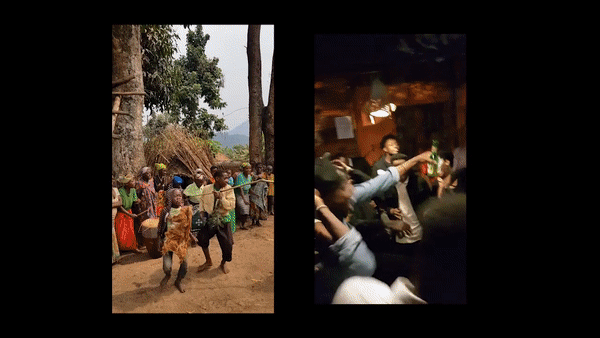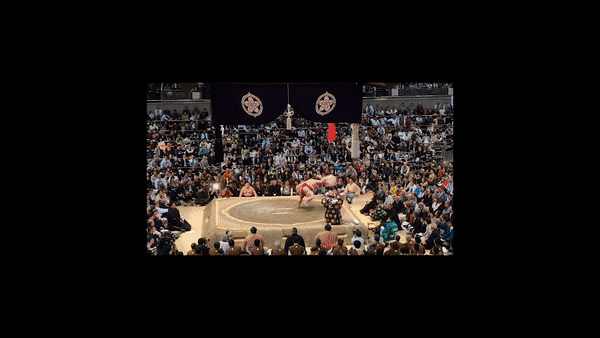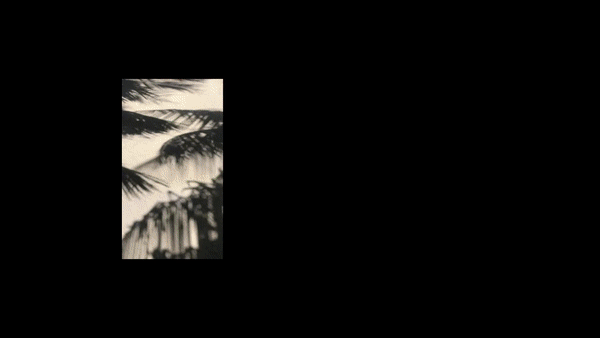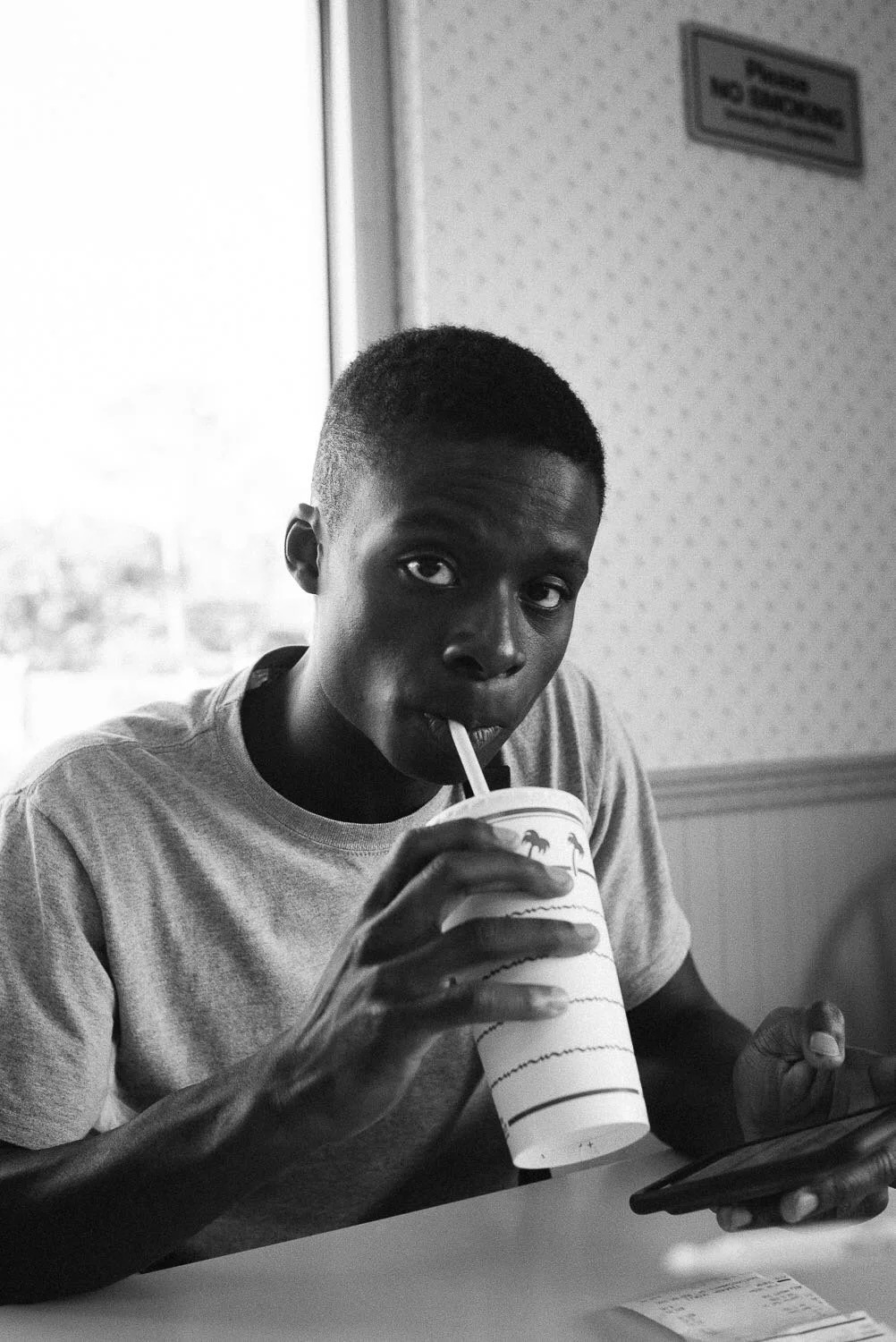Samona Olanipekun - about "Joy" and "Kindred", guiding through his portrayal of identity and belonging, D.I.Y approaches in filmmaking and the fine line between fiction and documentary
I didn’t come from an environment or background where film was super prevalent, I was in college, my teacher of media studies showed me a few films, including City of God, La Haine, and the documentary Zidane: A 21st Century Portrait. I remember seeing those three films, and they have changed everything for me. As I didn’t know film could do that, I didn’t know films could have people like me, music I listen to, and stories I can relate to. It were films outside of this big Hollywood machine that we’re all familiar with, which is also great and amazing, but Hollywood films always seem too far away, not necessarily unattainable but meant to have that magical escapism which is important but I could never relate to that or think that “oh that’s something I can do, or that’s a story that I could tell” so when I saw these European, independent films that told a very different story, my mind was blown, and so I spent the next ten years figuring out how I could do that, how I could be a part of that. And that’s how I got into filmmaking.
World Earth Day 2020 film for Trippin
I’m very grateful that I didn’t have a conventional film school background or traditional roots in the film industry; even prior to directing, everything I learned was DIY and I’ve always made decisions on the impulse, and both with “Kindred” and “Joy” I was very into the idea of breaking the formats and conventions.
I think that fashion is an underpinning element of society, whether you are madly into fashion or not, we all wear clothes, so we all have that, clothes that we wear tell a story and regardless of the intentions, that is always the case, if you are in the military, your clothing will tell a certain story, if you are homeless, your clothing will tell not only a story but also reasons and decisions behind that, even in the office, your clothing will tell a story, and so, I think that fashion is a very powerful tool for expression, but not only that. I believe that fashion is very political, and there are a lot of layers within fashion, rather than this top line of what this outfit looks like and who designed it. I believe that fashion has a liability to tell an awful lot without any words, and the boundaries are super blurry, with no defined line of “this is where the fashion begins, or this is where the film begins or this is where rights or politics begin”
I had many discussions with Priya Ahluwalia, the woman behind the Ahluwalia brand, and we didn’t want to make a conventional Fashion Film, we didn’t want to just film two good-looking models walking around in her clothes, it didn’t excite either of us. So, for us, from the very inception of the idea, it was more about how to challenge what the notion of Fashion Film is. Same with “Kindred”, it was me trying to say something and then working out how to say it because I like to break rules, break formats, and blow genres.
All of the stories you were going to hear in “JOY” were organic and came straight from these real people. It was amazing to see how much and how quickly you could see the common ground and organism of this collective journey. We found all of these isolated stories and used them to represent the larger idea of how we all belong to the same tribe.
My approach to filmmaking isn’t “what are the conventions of this genre and how do I follow them”, but “what are the conventions of this genre and how do I break them”, how can I redefine or challenge what it is, and what it means to make a fashion film or with “Kindred” it’s not quite a documentary not quite a fiction it’s somewhere in the middle and from the very beginning it was an intention of mine and I couldn’t tell you how and why.
When it’s not about the format or how it’s told and more about what the story is, having that ingredient in my approach helps me focus on the story more and everything else can be very fluid.
I stumbled into fashion and it was never like “I want to make a fashion film”, it was more of an organic thing, I enjoy learning from both sides.

For me, when it comes to documentary and fiction there is not much of a difference, there are documentary and narrative feature films as two different things, but for me as a filmmaker, the process is the same. When you are creating a documentary, you find a script, you plan things out, you make a storyboard in your head, and as much there is a document in it, you bring your own bias and direction into it as if there is a director, it means that the story is being guided, and in the same way fiction and narrative are often influenced by real life.
So, when I look at filmmaking, I don’t see much of a difference; I just see tools for telling a story and I’m not afraid to mix and match them. In terms of finding a balance, I think that mixture is a part of creativity.
small talk





